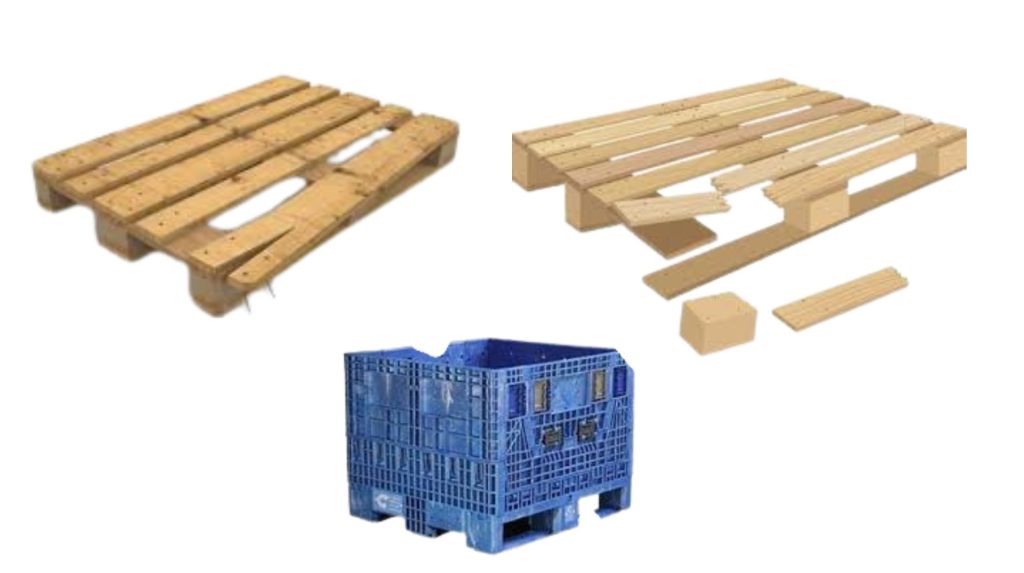Lately I am seeing that there is a lot of confusion in mobile robotics customers and providers about three concepts: navigation, localization, and guidance. Let’s shed some light:
CONTENIDO DEL ARTÍCULO
Navigation:
How to move from point A (with coordinates x1, y1, z1, w1) to point B (with coordinates x2, y2, z2, w2).
Localization:
Where the mobile robot is. In other words: coordinates. That is: x, y, z and w (orientation of the robot). The most common localization technologies for mobile robot localization are:
- SLAM 2D: by map comparison or triangulation.
- SLAM 3D: by map comparison.
- Laser: by triangulation of reflectors.
- Odometry and Inertial: by measuring the movement of the mobile robot.
- RTK: by using differential GNSS.
- RFid tags, magnets, QR Codes, etc: which are usually placed on the floor.
Guiance:
A mobile robot following a line. Main types of guidance technologies:
- Magnetic: mobile robot follows a magnetic tape on the floor or embedded in the floor.
- Optic: mobile robot follows a painted line on the floor. Usually white versus black and in few cases multi-coloured line.
- Wire: mobile robot follows a buried powered wire.
In addition, acronyms create more confusion:
- AGV means Automated Guided Vehicle. Many people call all the mobile robots AGVs (I have to confess I am part of this group, even I call AGV my lawn mower mobile robot).
- AMR means Autonomous Mobile Robot. Problem: semantically, any AGV is an automatic mobile robot..
FAQs:
Let’s see if I can help by answering some
- Is there a magnetic localization?
Yes, there is. A mobile robot can localize itself by using magnetic tape or simple magnets. Quite uncommon these days, but it exists.
- Why are there companies still using guidance?
Because guided mobile robots are usually less expensive. In addition, in many cases guidance is simpler than SLAM localization + navigation.
- Does guidance need localization?
In most of the cases, yes. For example, with magnetic or optic guidance it is common to use RFid tags so that the mobile robot knows where to stop.
- So, what does SLAM navigation mean then?
It means navigation that uses coordinates coming from SLAM localization.
- Why is it less and less common to see guided mobile robots?
Because you need to install the guiding reference and in most of the cases that is expensive and not flexible enough.
- Is it common to have more than one localization technology on a mobile robot?
Yes, it is. Actually, most of the SLAM localized mobile robots use odometry as well.






